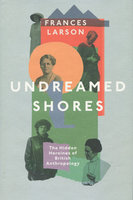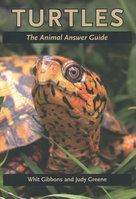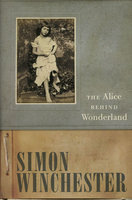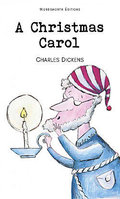New, Quality Gift Books - 50-90% off - over 2500 titles
Your basket is empty.
Categories Nature/Countryside HUNTED WHALE
HUNTED WHALE
Book number: 94759
Product format: Hardback
In stock
Bibliophile price
£6.00
Published price
£29.99
Customers who bought this product also bought
|
UNDREAMED SHORES
Book number: 92904
Product format: Hardback
Bibliophile price
£4.50
Published price
£20
|
TURTLES: The Animal Answer Guide
Book number: 93035
Product format: Paperback
Bibliophile price
£3.50
Published price
£27.75
|
LIFE OF CHRISTINA OF HANE
Book number: 93496
Product format: Hardback
Bibliophile price
£4.00
Published price
£20
|
|
ALICE BEHIND WONDERLAND
Book number: 93369
Product format: Hardback
Bibliophile price
£4.00
Published price
£10.99
|
|
MOROCCO ANTHOLOGY: Travel Writing Through the Centuries
Book number: 94880
Product format: Hardback
Bibliophile price
£5.00
Published price
£11.99
|
Browse this category: Nature/Countryside















